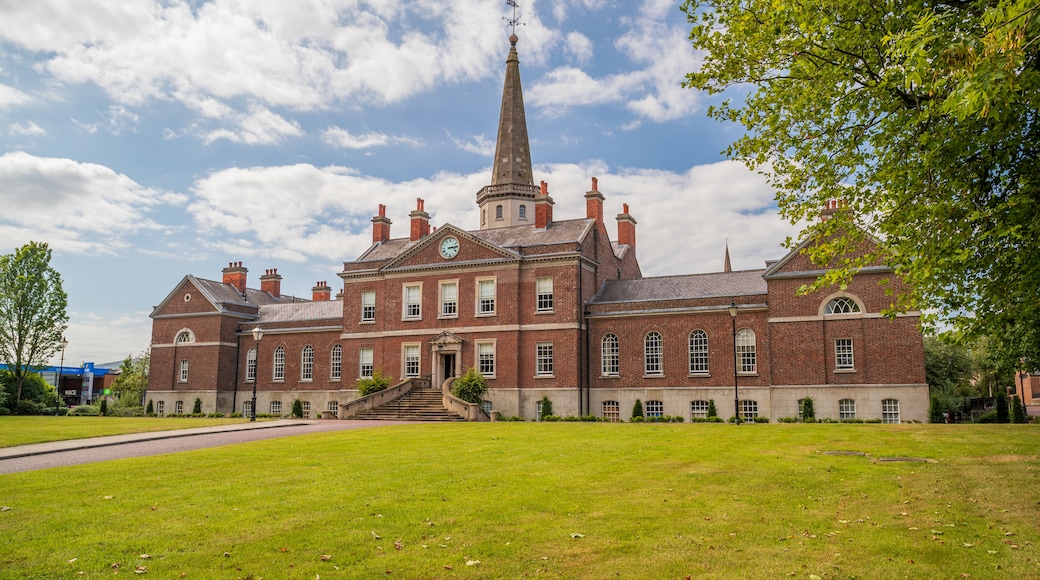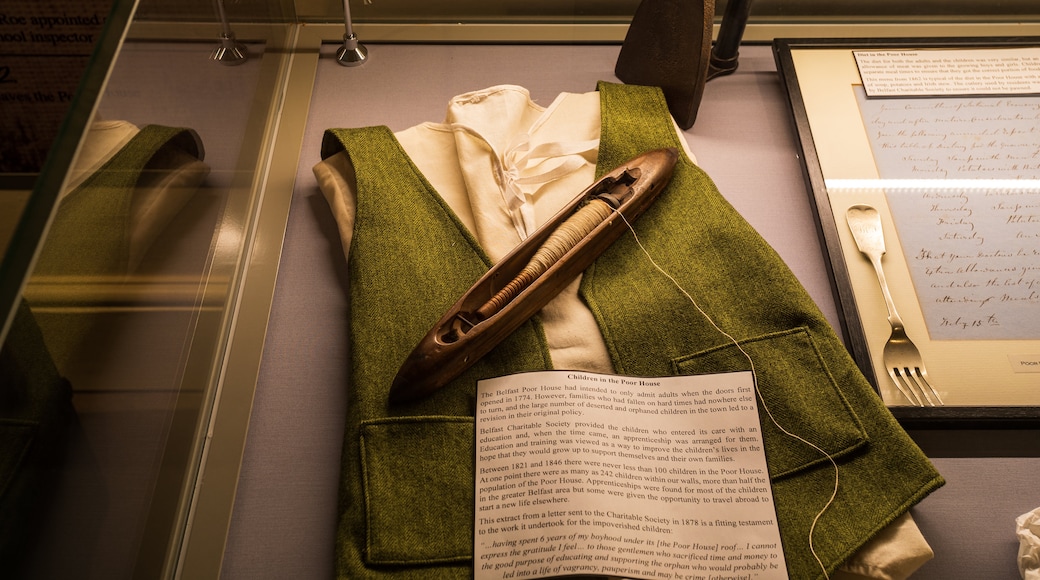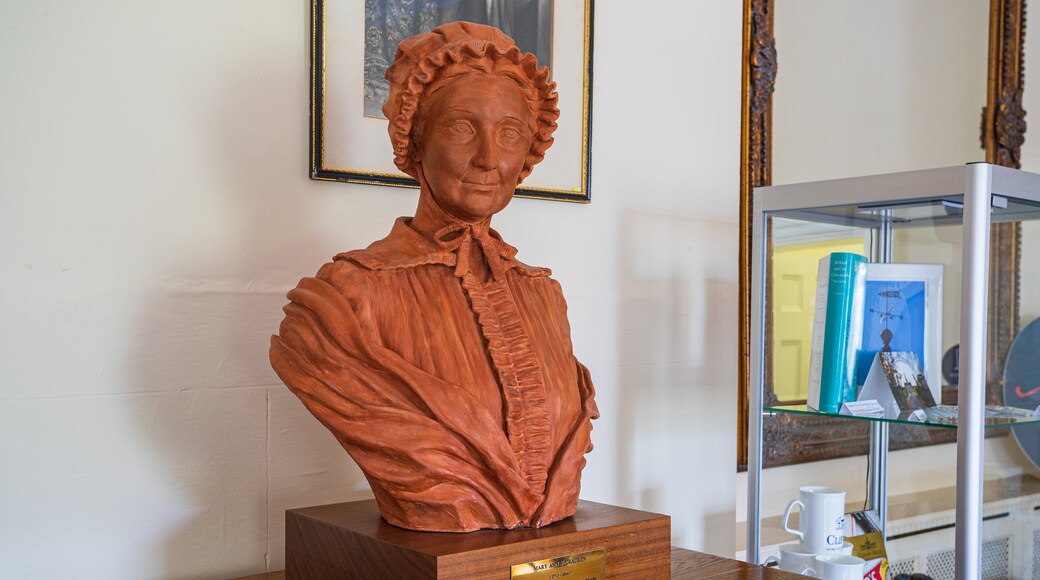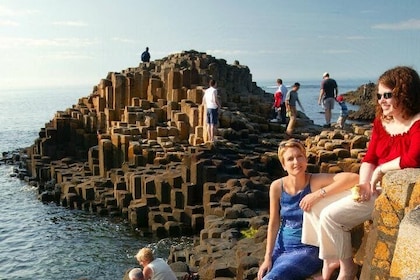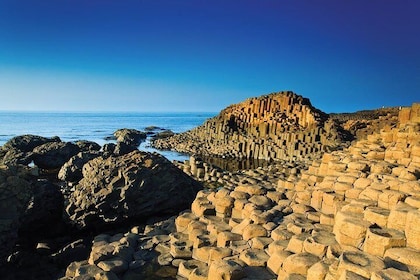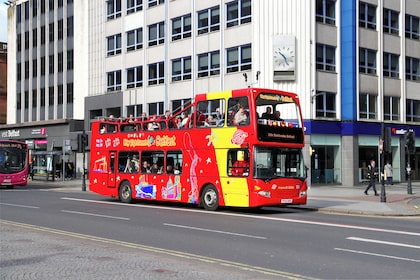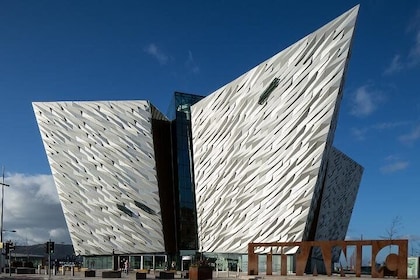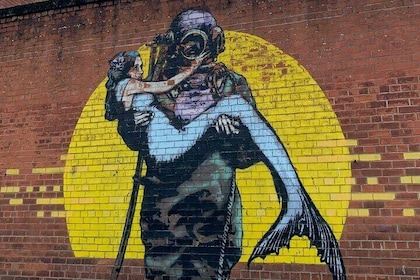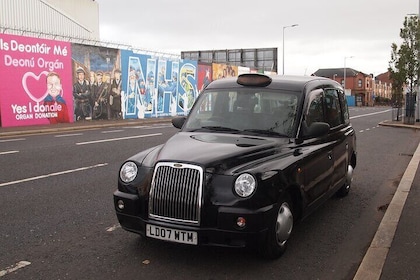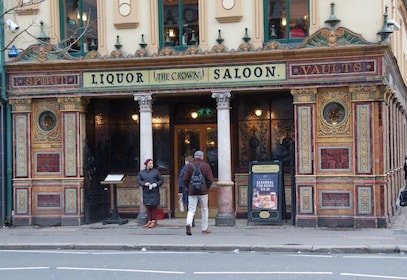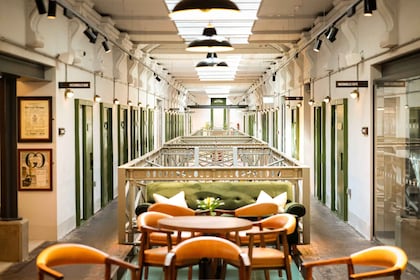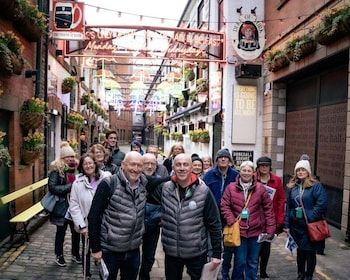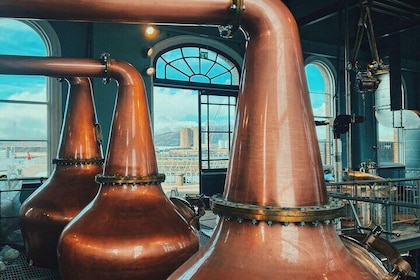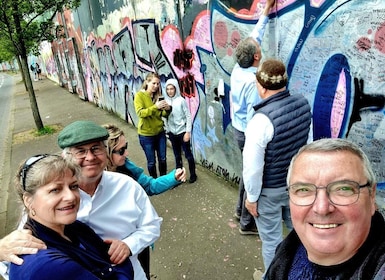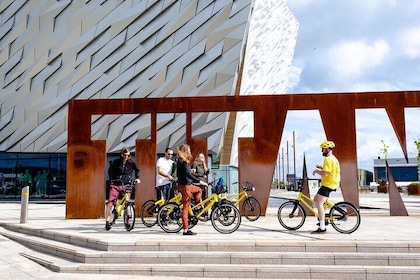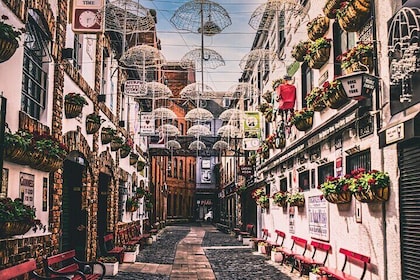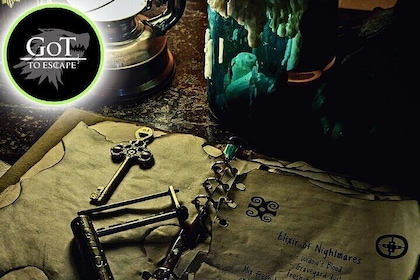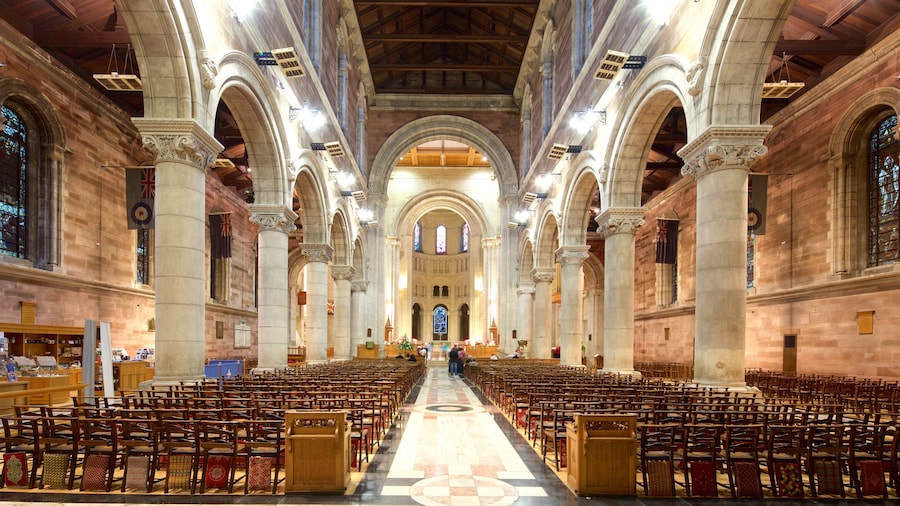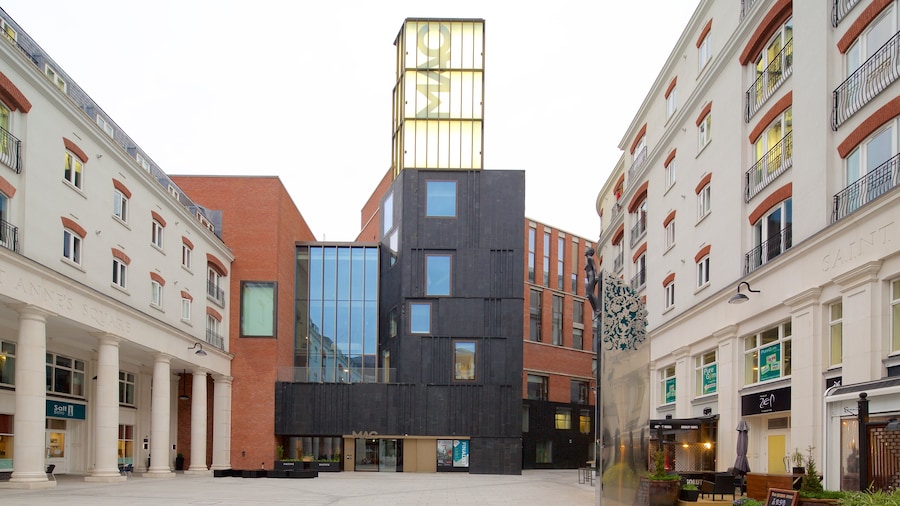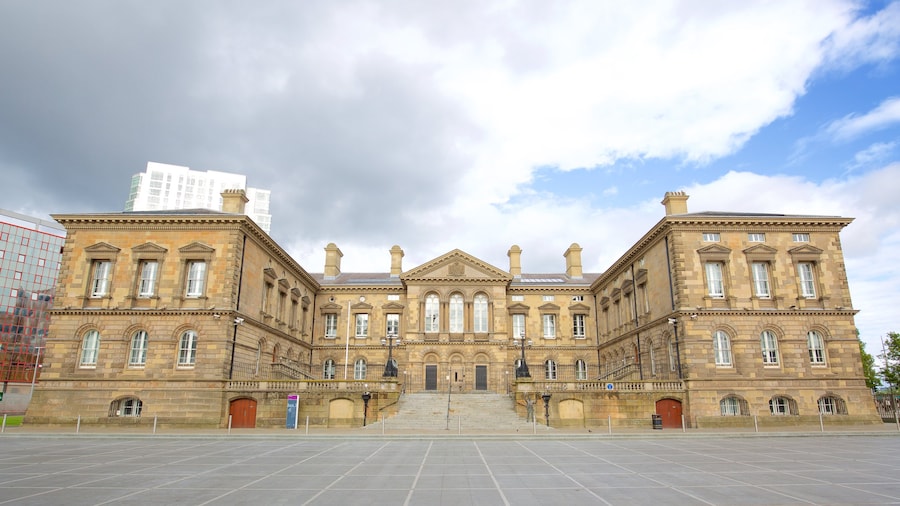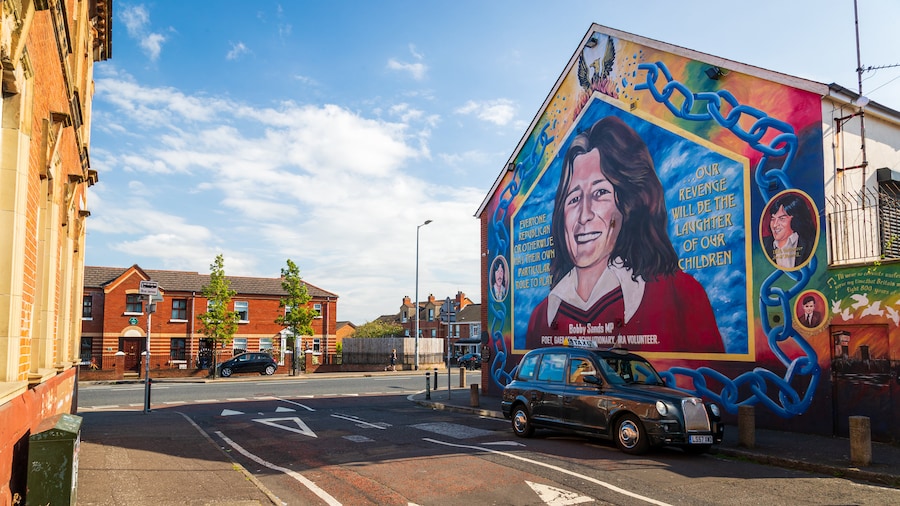Built by the Belfast Charitable Society, it was used until the 1880s as Belfast’s Poor House. With the air of a stately home and a tranquil atmosphere, it certainly would have been far superior accommodation for some of its early residents than they were perhaps used to. However, it’s worth remembering that the building has undergone a number of renovations since those days.
In its time as a Poor House, it provided shelter and water for the poorest citizens of Belfast. Children who lived here were taught valuable skills, such as spinning and weaving, which came to be dominant industries in the city. Two of Clifton House’s founders were newspaper editors, helping to promote the good work being done there, although one of their nephews, Henry Joy McCracken, was hanged for his part in the 1798 Rebellion and buried in the Clifton Street Graveyard. This led the army, stationed in the barracks next door, to insist on clearing Clifton House because of its connections to the trouble.
These days, Clifton House is part residential home and part conference centre and venue, hosting a series of events throughout the year. There’s also the Interpretive Centre, located beneath the distinctive white spire that sits on top of the building.
Located in the heart of the city on Clifton Street near the A12, visitors to Belfast should definitely put Clifton House on their list of important places to visit.
